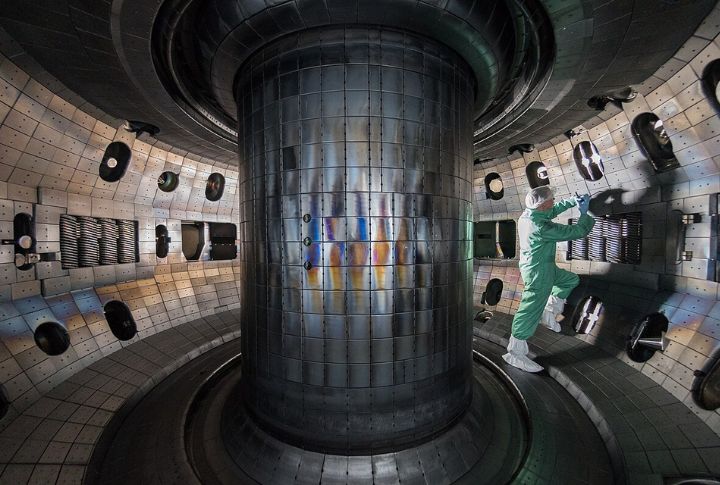
China is pushing the boundaries of fusion energy research, striving to harness what many consider the holy grail of power generation. Scientists there have made remarkable strides toward harnessing the same process that powers the sun—one that could provide clean, nearly limitless energy. So, let’s take a closer look at China’s fusion energy advancements and what they could mean for the world.
What Is Fusion Energy?
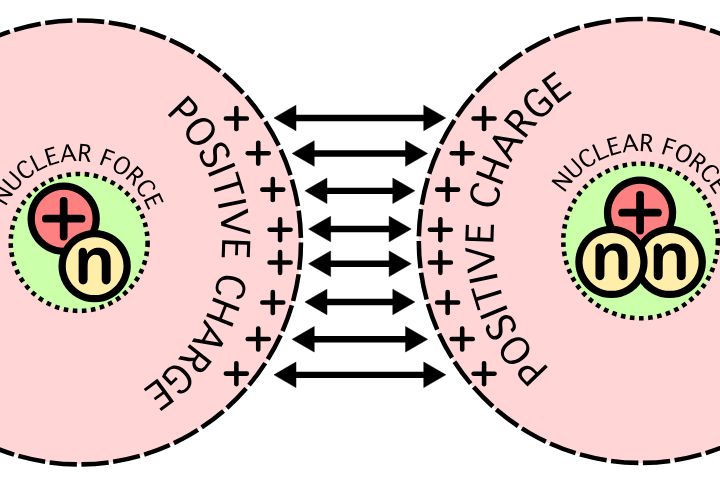
Unlike conventional nuclear fission, fusion combines light atomic nuclei to release tremendous energy. This process creates minimal radioactive waste and uses abundant fuel sources like hydrogen isotopes. Scientists worldwide have chased this technology for decades, but recent Chinese breakthroughs signal a potential turning point.
The EAST Tokamak Achievement
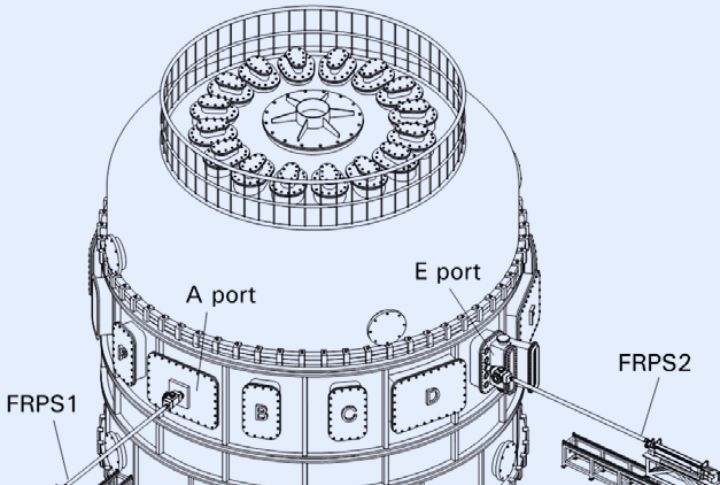
China’s Experimental Advanced Superconducting Tokamak (EAST) reactor made headlines when it sustained a plasma temperature of 120 million degrees Celsius for 101 seconds. This temperature—eight times hotter than the sun’s core—represents a key milestone toward practical fusion power generation.
The Artificial Sun Project

Nicknamed the “artificial sun,” the HL-2M Tokamak reactor in Sichuan Province generates extreme heat through powerful magnetic fields. These fields contain superheated plasma long enough for fusion reactions to occur. Each successful test brings engineers closer to sustainable fusion.
International Collaboration
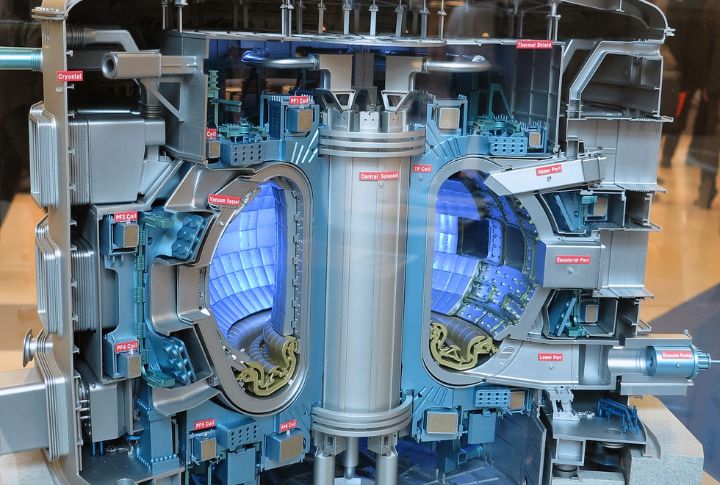
While pursuing national goals, China actively participates in the International Thermonuclear Experimental Reactor (ITER) project. This global effort unites 35 nations in developing fusion technology. Chinese scientists contribute their expertise and components to this unprecedented scientific collaboration.
Overcoming Technical Hurdles

Containing plasma at millions of degrees presents many engineering challenges. Chinese researchers developed advanced superconducting magnets and heat-resistant materials to tame this extreme environment. These innovations solve problems that have stymied fusion development for generations.
Economic Implications
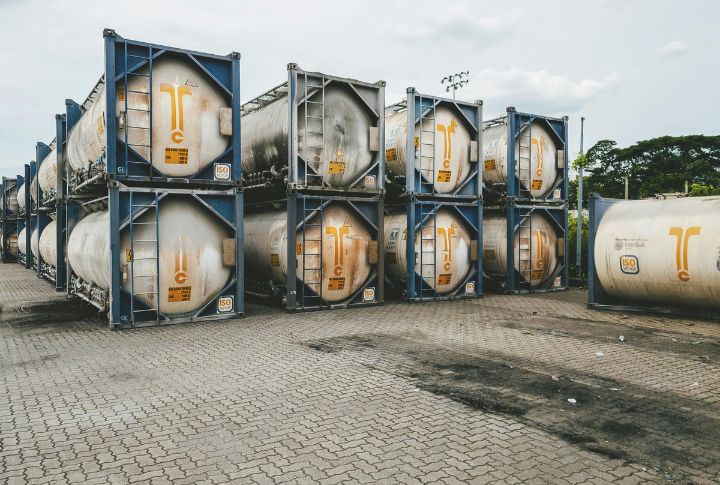
Fusion energy could revolutionize China’s economy by reducing dependence on coal and oil imports. The country invests billions in fusion research, anticipating massive returns when the technology matures. Success would position China as a leader in clean energy exports worldwide.
Environmental Benefits
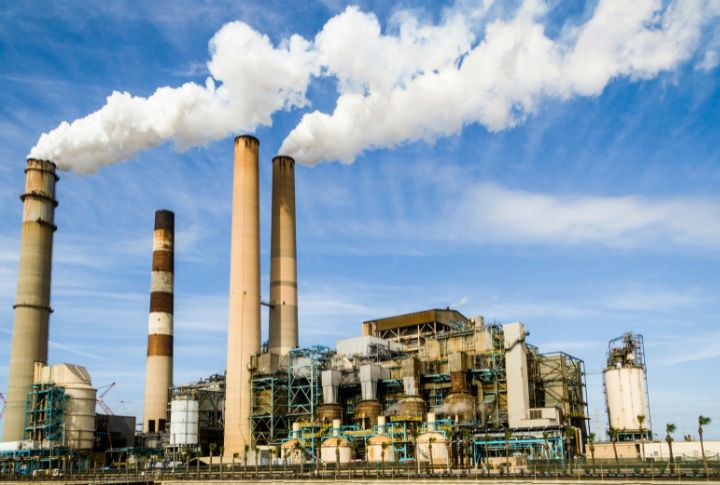
Fusion reactors produce no greenhouse gases or long-lived radioactive waste. They cannot melt down and require minimal land compared to solar or wind farms. Fusion offers a path to energy security without environmental compromise for China, which faces severe air pollution challenges.
Timeline To Commercial Fusion
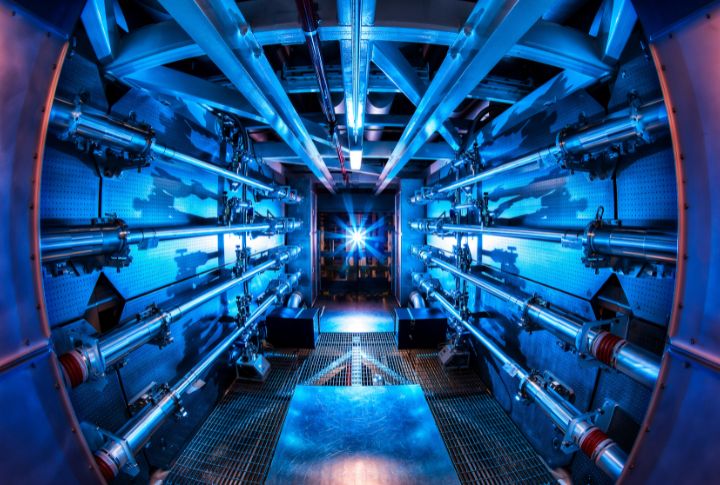
Most experts believe commercial fusion power remains 15-20 years away. China aims to accelerate this timeline through aggressive research funding and talent recruitment. Their next-generation reactor, currently under construction, will test technologies needed for practical power plants.
The Global Energy Future

China’s fusion breakthroughs benefit all humanity. As research progresses, we approach an era of abundant, clean energy that could end resource conflicts and power human advancement for centuries. The fusion revolution promises to transform our relationship with energy—and China helps lead the way.

